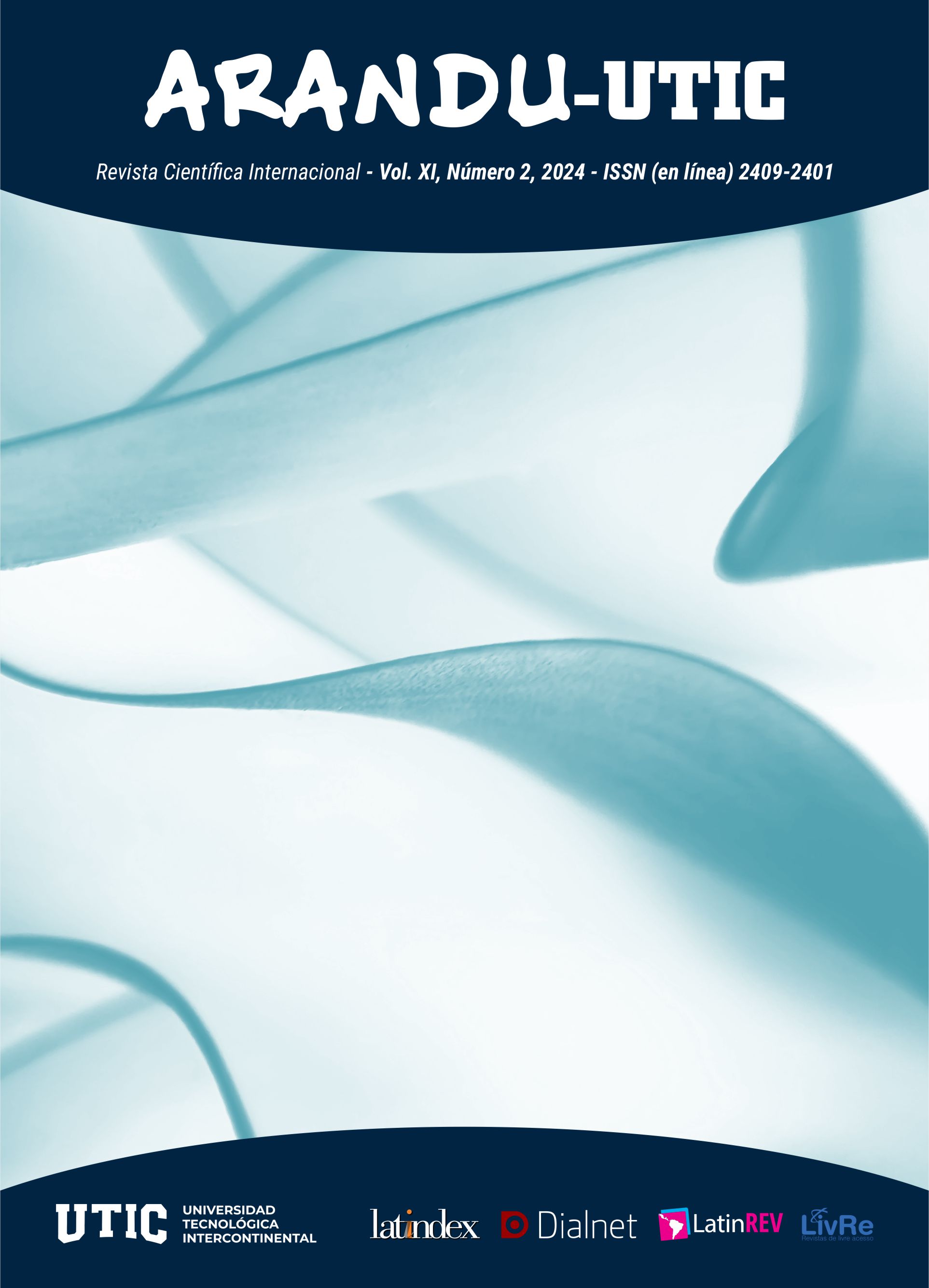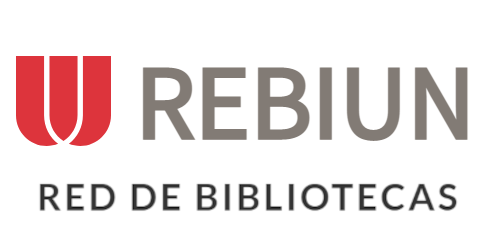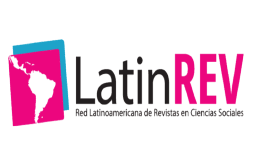Evaluation of Physical Infrastructure and Seismic Vulnerability in the Community of Joa, Jipijapa Canton
DOI:
https://doi.org/10.69639/arandu.v11i2.269Palabras clave:
seismic resilience, infrastructure assessment, community development, risk mitigation, disaster preparednessResumen
This research focuses on the evaluation of physical infrastructure and seismic vulnerability in the Joa commune of Canton Jipijapa (Ecuador). The lack of investment in adequate infrastructure can limit the community's growth and increase its vulnerability to natural disasters. The main objective is to diagnose the infrastructure and evaluate the seismic vulnerability of homes, identifying areas for improvement. The methodology combines surveys of residents and rapid visual assessments of buildings, utilizing the FEMA 154 methodology. The surveys collected information on housing characteristics and residents' perceptions of structural safety, while the rapid visual assessment classified homes according to their seismic vulnerability. The results showed that most homes are built with reinforced concrete or a combination of concrete and wood. Although most residents perceive little need for rehabilitation, the seismic assessment revealed that a significant percentage of homes have high vulnerability. The zoning map identified the areas of greatest risk. The main conclusion is that there is a worrying number of homes with high vulnerability that require urgent attention. It is recommended to implement reinforcement and rehabilitation programs, as well as education and awareness campaigns about seismic risk. Vulnerability zoning provides essential information for risk management and urban planning, with the aim of reducing the community's vulnerability to future earthquakes
Descargas
Citas
Agrawal, P., & Jaiswal, S. K. (2022). Seismic Vulnerability Assessment of Buildings: A Review and Comparative Study. YMER Digital, 21(07), 1158–1170.
https://doi.org/10.37896/YMER21.07/96
Calixto, V., Cruz, C., & Huaco, G. (2023). Seismic vulnerability of state educational infrastructures in Cercado de Lima, using the FEMA 154 methodology. 1–7.
Carvajal Rivadeneira, D. D., Ponce Reyes, F. S., Sornoza Parrales, D., Pincay Pilay, M., Antonio, Q. S., & Miller Zavala, J. H. (2023). Elementos básicos de la investigación científica: ISBN: 978-9942-846-51-8. EDITORIAL INTERNACIONAL RUNAIKI, 1–75.
Deyuan, T., Rushan, L., Xuyi, X., & Zhenhui, W. (2022). Seismic Vulnerability Assessment of Thermal Power Plants Based on Beta Function. Mathematical Problems in Engineering, 2022, 1–10. https://doi.org/10.1155/2022/5799241
Edward Tuah, M. A., Tedong, P. A., & Md. Dali, M. (2022). THE CHALLENGES IN RURAL INFRASTRUCTURE PLANNING GOVERNANCE IN SARAWAK. PLANNING MALAYSIA, 20. https://doi.org/10.21837/pm.v20i24.1214
Fitriani, H., & Ajayi, S. (2023). Barriers to sustainable practices in the Indonesian construction industry. Journal of Environmental Planning and Management, 66(10), 2028–2050. https://doi.org/10.1080/09640568.2022.2057281
Isla-Díaz, R., Hess-Medler, S., & Marrero-Hernández, H. (2021). El papel del alumnado en el Docentia tras diez años de evaluación: ¿evaluar al docente o la asignatura? Esa es la cuestión. Revista Española de Pedagogía, 79(280). https://doi.org/10.22550/REP79-3-2021-08
Jaramillo Sanabria, L. M., & Acevedo Osorio, G. O. (2019). Impacto de la estrategia de higienización de manos en comunidades escolares de Pereira, Risaralda. Documentos de trabajo Areandina, 2. https://doi.org/10.33132/26654644.1717
Jiménez-Gómez, S., Sánchez Rojas, I. A., Castro-Jiménez, L., Rubiano-Espinosa, O., Carrillo-Ramírez, C., Garavito-Peña, F., & Barrera-Cobos, N. (2021). Calidad de vida en asistentes a un programa de actividad física en Bogotá, Colombia. Revista Iberoamericana de Ciencias de la Actividad Física y el Deporte, 10(2), 95–111. https://doi.org/10.24310/riccafd.2021.v10i2.12210
Osorio Rodríguez, M. N. (2022). Brechas e Inequidad en infraestructura educativa en el Perú. UCV-Scientia, 14(2), 51–66. https://doi.org/10.18050/RevUcv-Scientia.v14n2a5
Pionce, J. A. M., Mendoza, I. C. O., Morales, J. M. E., & Sornoza-Parrales, D. (2024). El Enfoque Social de las Ciencias y la Tecnología: Implicaciones en la Educación Superior. Technology Rain Journal, 3(1).
Rahmania, Rasmid, Meidi Arisalwadi, & Febrian Dedi Sastrawan. (2023). Microzonation Mapping in Supporting Construction Plan, New Capital City of Indonesia (Case Study: Sepaku Sub-district, Panajam Paser Utara Regency). Proceedings of the 4th International Seminar on Science and Technology (ISST 2022), 82–91. https://doi.org/10.2991/978-94-6463-228-6_10
Raoufy, A. A., Kheyroddin, A., & Naderpour, H. (2023). Seismic Vulnerability Assessment of Reinforced Concrete Hospital Buildings Using Rapid Visual Screening Method According to FEMA P-154 criteria and Iranian Code# 364. Civil Infrastructure Researches, 9(2), 77–93.
Rojas, A., De León, E., & Juárez, A. (2022). Actividad Física y Calidad de Vida en el Adulto Mayor. European Scientific Journal ESJ, 11.
https://doi.org/10.19044/esipreprint.11.2022.p365
Ruiz Muñoz, G. F., Paz Zamora, Y. E., & Grijalva Endara, A. D. L. M. (2024). Análisis de la producción científica de docentes en la educación superior. Revista Social Fronteriza, 4(3), e43268. https://doi.org/10.59814/resofro.2024.4(3)268
Saheed, Z. S., & Obianuju, C. K. (2021). Assessment Of The Effect Of Socio-Economic Infrasturcture On Rural Economy In Kaduna State, Nigeria. European Scientific Journal ESJ, 17(15). https://doi.org/10.19044/esj.2021.v17n15p157
Sánchez De Madariaga, I. (2018). Infraestructuras para la vida cotidiana y la calidad de vida. Ciudades, 08, 101–133. https://doi.org/10.24197/ciudades.08.2004.101-133
Tampubolon, S. P. (2023). Comparison of High-Rise Building Structural Performance Using Response Spectrum Method SNI 03-1726-2019 and FEMA-154 Rapid Visual Screening (RVS). MIJR: Multidisciplinary International Journal of Research, 1(3), 89–100.
Utama, W., Indriani, R. F., & Garini, S. A. (2023). Analysis of the Effect of Local Magnitude on Peak Ground Acceleration and Seismic Vulnerability Index for Geothermal Field Monitoring Using Microearthquake. Jurnal Penelitian Pendidikan IPA, 9(10), 7855–7864. https://doi.org/10.29303/jppipa.v9i10.3743
Publicado
Cómo citar
Número
Sección
Licencia
Derechos de autor 2024 Diego Sornoza Parrales, Glider Nunilo Parrales Cantos, Denny Augusto Cobos Lucio, Erik Villavicencio Cedeño

Esta obra está bajo una licencia internacional Creative Commons Atribución 4.0.





















